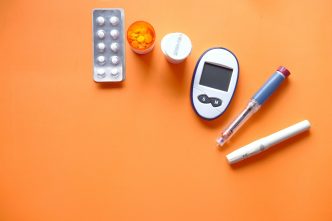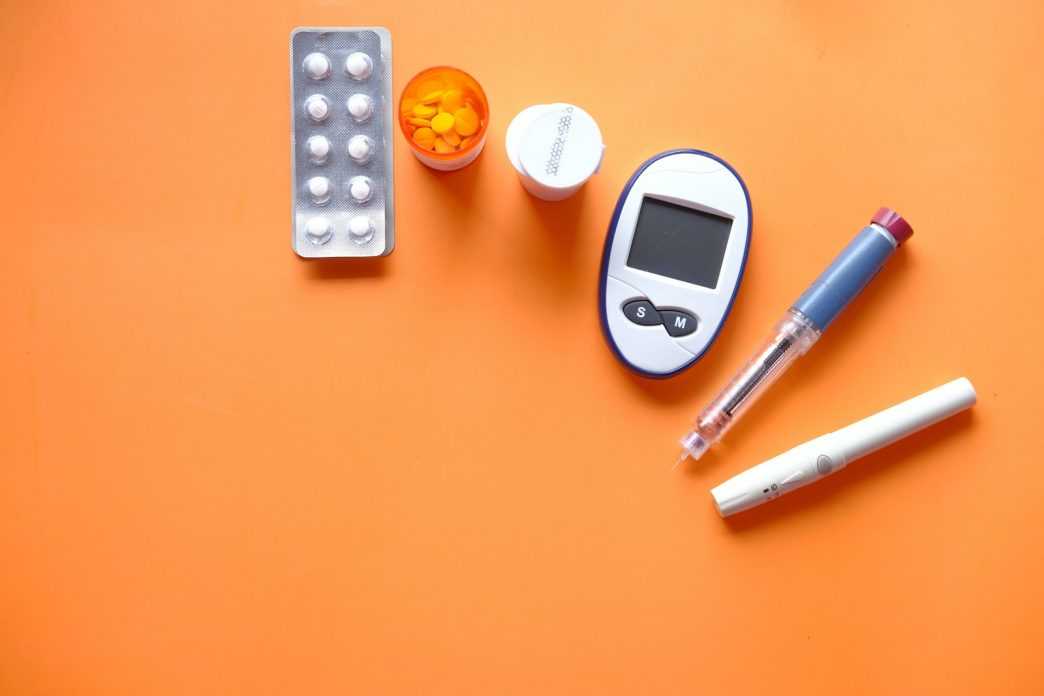Wearable technology is changing how people manage diabetes by making it easier to track blood sugar levels throughout the day. Traditional methods like finger-pricking are being replaced by tools that offer more consistent, real-time data and fewer interruptions to daily life. Joe Kiani, founder of Masimo, recognizes that innovation in diabetes care must focus on making tools simpler, not more burdensome. That thinking continues to shape how new devices are designed and used.
As wearable tools grow more accurate and connected, they’re becoming an important part of everyday diabetes management. The following sections explore how these technologies are helping people stay ahead of health changes, reduce risks and stay better connected to care.
The Rise of Continuous Glucose Monitors
One of the most significant breakthroughs in diabetes technology is the development of Continuous Glucose Monitors (CGMs). Unlike traditional blood glucose meters, which require multiple daily fingerstick tests, CGMs provide real-time tracking by measuring glucose levels through a sensor placed under the skin. This constant stream of data helps individuals better understand how their diet, exercise and daily habits impact their blood sugar.
These innovations are improving convenience and early detection of glucose fluctuations, allowing for proactive interventions before blood sugar levels reach dangerous highs or lows. The ability to track glucose levels in real-time has helped simplify day-to-day management for those who need precise insulin tracking.
AI-Powered Sensors and Smart Alerts
The use of Artificial Intelligence (AI) in diabetes monitoring is adding a new layer of predictive capabilities to wearable devices. AI-powered sensors can analyze glucose trends and predict fluctuations before they occur, helping individuals take preemptive action. These systems learn from past data, lifestyle patterns and food intake to offer personalized recommendations that go beyond simple glucose monitoring.
One of the most promising AI-driven advancements is the smart alert system found in modern CGMs. These alerts notify users when their blood sugar is rising or falling too quickly, allowing for immediate response. Some devices even link to insulin pumps, creating an automated insulin delivery system that adjusts doses in real-time based on the body’s needs. This combination of AI and automation is bringing diabetes management closer to an artificial pancreas, significantly reducing the risk of severe hypoglycemia or hyperglycemia.
AI is also improving the accuracy of non-invasive glucose monitoring, a technology still in development but showing promise. Unlike current CGMs that require sensors under the skin, non-invasive sensors aim to measure glucose levels through sweat, breath or even light-based detection on the skin’s surface. If successful, this breakthrough would eliminate the need for needle-based monitoring.
Smart Health Tracking and Personalized Insights
The latest wearable devices integrate with broader smart health-tracking platforms that provide a comprehensive view of an individual’s well-being. Devices like the Apple Watch, Fitbit and WHOOP offer glucose monitoring features alongside heart rate tracking, sleep analysis and activity monitoring. These tools give users a clearer picture of how daily habits affect their blood sugar. By looking at glucose data alongside sleep patterns, activity levels and stress, people can spot trends and make changes that better support their overall health.
Managing diabetes requires constant attention, from tracking glucose levels to adjusting diet and medication. That day-to-day responsibility can be exhausting, which is why so much innovation in wearable tech now focuses on reducing that burden. As Joe Kiani explains, “The people who have this disease don’t get to really live a good, easy life. They’re constantly managing their disease.” That insight continues to shape how monitoring tools are built, with a focus on ease of use, accuracy and real-time support that fits into daily routines rather than interrupting them.
The Role of Telemedicine and Remote Monitoring
Wearable technology is also bridging the gap between patients and healthcare providers through remote monitoring and telemedicine. Many CGMs and smart tracking devices can sync with cloud-based platforms, allowing doctors to access real-time data without requiring in-person visits. This continuous stream of information enables healthcare professionals to make data-driven treatment adjustments and provide timely interventions before complications arise.
For people who face barriers to in-person care, telehealth services connected to wearables have made diabetes support easier to access. Instead of waiting for routine check-ups, individuals can now receive immediate feedback from their care teams, leading to better long-term health outcomes.
Challenges and Ethical Considerations
Even with the progress in diabetes wearables, key challenges still need to be addressed. One of the biggest concerns is data security and privacy. Since CGMs and smart health-tracking apps collect sensitive medical information, there is an ongoing need to ensure that this data is secure and not misused by third parties.
Affordability remains a barrier for many individuals. While insurance coverage for CGMs has improved, not all patients have access to the latest wearable technology. Bridging this gap will be essential to ensuring that these life-changing advancements benefit as many people as possible.
Accuracy and reliability continue to be areas of concern, especially as users depend on real-time data for day-to-day decisions. Although CGMs and AI-powered health tools have improved significantly, there is still a margin of error that could lead to incorrect readings. Researchers continue to refine sensor technology to minimize discrepancies and enhance precision.
What’s Next for Diabetes Wearables
Ongoing innovation is pushing diabetes monitoring tools beyond glucose tracking alone. Developers are now exploring non-invasive sensors that could replace needles with optical or sweat-based technology, along with AI-enabled insulin delivery systems that adjust dosing automatically throughout the day.
Other research is focused on digital twin models that simulate a person’s metabolism, offering a path to more tailored treatment plans. Wearables may also expand to include markers like hydration levels and stress response, giving users and providers a broader view of overall health.
These developments build on the core goal of wearable tech in diabetes care: reducing the daily burden of management while improving outcomes over time.
Moving Toward More Manageable Care
As these tools become more precise, connected and accessible, they’re changing what day-to-day diabetes care looks like. The integration of AI with wearable technology is helping reduce the need for constant manual tracking and lowering the barriers to early intervention. As this adoption grows, more people will be able to manage their condition with greater confidence and less disruption to their daily lives. This shift supports better long-term outcomes, fewer complications and a more manageable path forward for people living with diabetes.














